A look into the diversification of star personas
BEEP, BEEP! Beep, beep! To the sound of the abrupt early morning alarm, most people wake up still deeply immersed in sleep, with neither makeup nor neat hair. However, such a scene had been an exception to some: stars on TV. Stars were always portrayed with makeup, tidy hair, and dressy clothes even when they were pictured as having just gotten out of bed. Nonetheless, along with the popularity of reality programs, celebrities have started to show a diversity of natural everyday images, unlike the past when they only tried to maintain pretty or handsome images. They have not only conveyed the message that stars are also human beings just like the general public but also shattered the prevailing illusions regarding stars. Star personas evolved as society changed.
The new flow
Various kinds of star personas are presented mostly in reality programs like 1 Night 2 Days, Infinity Challenge, We Got Married, and Here Comes the Family*, which have gained a lot of popularity these days. Stars like Seo In-young, Kim Gu-ra, Park Myung-soo, and Noh Hong-chul were already known for displaying their own distinct features. Lately, stars like Lee Hyo-lee, Lee Seung-gi, and Eun Ji-won have also stepped into the flow, while presenting characteristics disparate from their usual ones.
Such multifarious star personas have emerged as
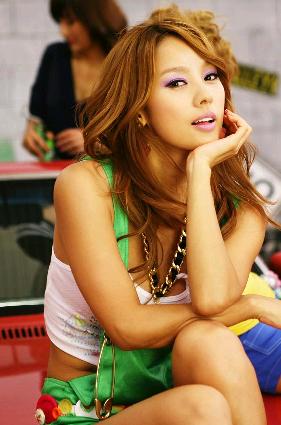 | ||
| General image of Lee Hyo-lee | ||
|
| ||
| Lee Hyo-lee's everyday image in Here Comes the Family | ||
The concept of characters, a constituent of soap operas or sitcoms, has newly expanded to entertainment programs. These intentionally fabricated characters, known as cast, used to be bestowed only to actors in soap operas or sitcoms, whereas in reality programs the characters are combined with the actual personalities of the stars. On shooting sites, unanticipated situations occur as a star’s real characteristics unfold. While watching these scenarios on TV, the viewers eventually begin to wonder, “How much of what I see is real?”, which is indeed the charm of reality-based shows. If the world of broadcast television seemed far apart from reality before, displaying a star’s true character, based on his or her personality, has become the current trend.
The underlying reasons
One of the reasons behind the trend involves the active outflow of the public’s desire for cultural expression. This can be explained in a historical context. In the 1970s, when TV was propagated among the public in
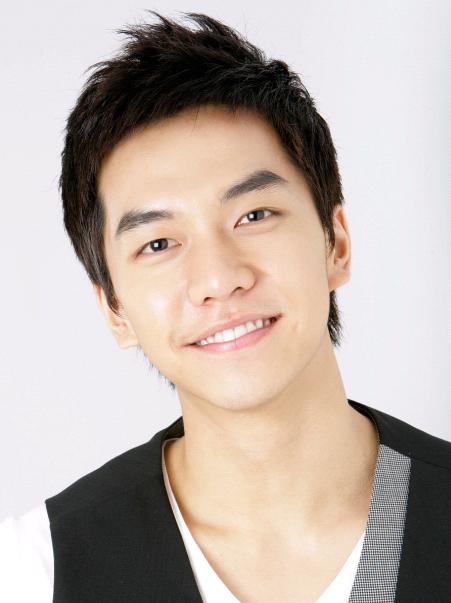
|
| ||
| Lee Seung-gi in 1 Night 2 Days | ||
The Internet has played a vital role as well. As people’s access to sources of mass media increased, they became more aware of broadcasting and editing techniques. Furthermore, from numerous news articles and gossip, people hear about many celebrities’ actual behaviors, which differ from their apparent appearance. This led people to believe that stars who have seemingly nice characters are simply pretentious and hypocritical. Since people’s knowledge concerning both broadcasting system and information about stars have increased, producers preferred to make star personas as real as possible, based on the different personalities that stars possess.
Another cause for this new flow is that the Korean society itself has become more open than in the past. This new desire for openness reflects how Korean society has become more diversified and commercial-based. In terms of diversification, people’s attention scope widened. If attention was centered only on the top stars before, secondary actors and stars are gradually receiving more attention these days. “In the past, people merely headed for the ideal model; on the other hand, now, people’s range of favorability has widened to even approve what was considered as alternative before,” says Kim Hun (Vice-director, Institute for Korea Cultural Strategy). “Presently, secondary stars like Park Myung-soo and Noh Hong-chul have become the best, at their own level, as an alternative to the top level,” continues Kim. To backup the fact that society has become more diversified and open, Kim Yoo-kon has experiences to share. “At the end of 2005, I cast Seo In-young as an MC for Over the Mountain, Across the Water in Exclamation Mark*. Even at that time, she was headstrong and materialistic, and people criticized her for being thoughtless, so I had to replace her with someone else shortly afterwards. Seo In-young has currently not changed much, but people do not denounce her anymore.” This proves that society has become more magnanimous and embraces more diverse values. The current society also became more profit-based, because people acknowledge stars being outspoken about their hedonistic desires on TV. Even just a few years ago, such behavior of stars was never broadcast because there was a tacit awareness to not show such desires to the entire society. In reference to this reality, Kim Ja-ha (Soph., Dept. of Political Science & Int. Studies) comments, “When I first saw Seo In-young and her materialistic behavior, I thought it would not be right to incite consumption. Yet, as time went by, I realized that we came to accept spending behavior patterns without hesitation.” In a capitalistic society, it is apparent that people earn money in order to fulfill not only their needs but also their wants. The societal atmosphere has changed into one where people approve of such behavior, and do not reproach others for revealing such desires.
 | ||
| Seo In-young | ||
Possible consequences
TV is a trendy media that captures a glimpse of the changes in society and presents it to those who are not yet aware of these current trends. It eventually affects the constituents of society, and, in the same context, entertainment programs and miscellaneous star characters are influential as well. The multi-faceted star personas reflect the openness of Korean society, and the change in people’s attitude in acknowledging their desires, including that of either expression or materialism. Viewers see such features of diverse star characters on TV, which display societal change, and put these characteristics into practice themselves. This brings about more change, which the TV grasps and broadcasts again, forming a continuous cycle of mutually influential relationships between TV and the public.
In the current era, diverse cultural content is evaluated by popularity as well as the wealth that ensues. Therefore, there is a need to evaluate the values that entertainment characters convey when broadcast on TV. “An entertainer who spreads negative and disorderly values may evade criticism, simply for the reason that he or she is funny. However, positive culture still exists and is morally desirable,” says Kim Hun. In an interview held by MNET this August, asking Seo In-young whether she thought of a certain image to personify in reality-based variety programs, she said, “No. I am not good at planning something intentionally. Silly, negative images are all parts of me. Even if I don’t know when they will come back to me as abuse, it is just me.” As the quotation confirms, “In the process of embracing more diverse star personas, undesirable traits inevitably occur. This is why viewers should monitor TV; however, fixing the borders of what is good and bad is very tricky. In this confusion of values, people become more distant in acquiring ways to make the right judgment. Reading books is one way, but many people are reading fewer books due to an abundance of other media resources. Due to these reasons, the gap between people’s inferences and proper judgment widens, so it reverts to evaluating people by wealth,” says Kim Hun. Thus, the more unorthodox elements are accepted in society, the more discreet decisions are required.
Points to reconsider
There is a need to take a close look at whether the star characters have indeed evolved or not. On the surface, the situation may seem as if there are many different star personas, but, intrinsically, they lack cultural depth. A case in point that shows a lack of cultural depth could be found in the current café culture of
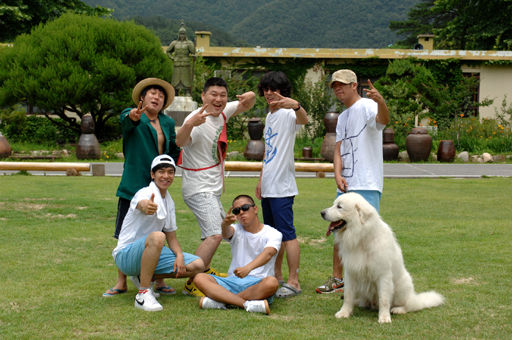
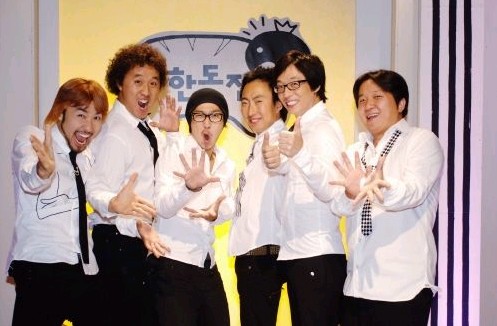
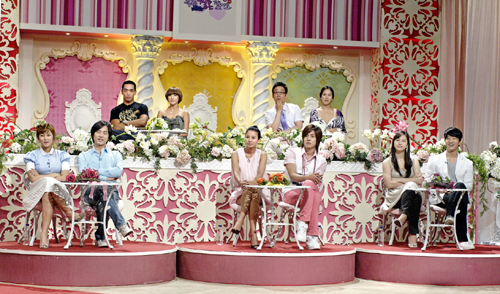
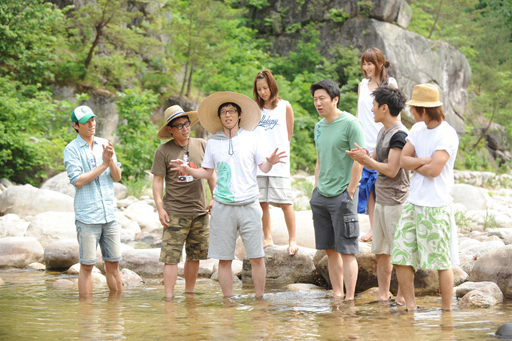
In
* * *
The currently inflated cultural phenomenon of star personas is favorable in that it mirrors how open current Korean society has become. Broadcast characters look diverse on the surface; yet, as a matter of fact, only similar fragmentations of stars’ behaviors in everyday affairs are shown. However ideal it might seem, more emphasis should be put on each star’s individual, disparate originality from the inside, in order to bring about the true multidimensional diversification of star characters. The need for deep introspection is relevant to individuals of the public in general, because many people these days often tend to look up to attributes that others possess. In today’s world, individuality is highly valued. Why not take a thorough look into our unique identities and form special characters of our own?



